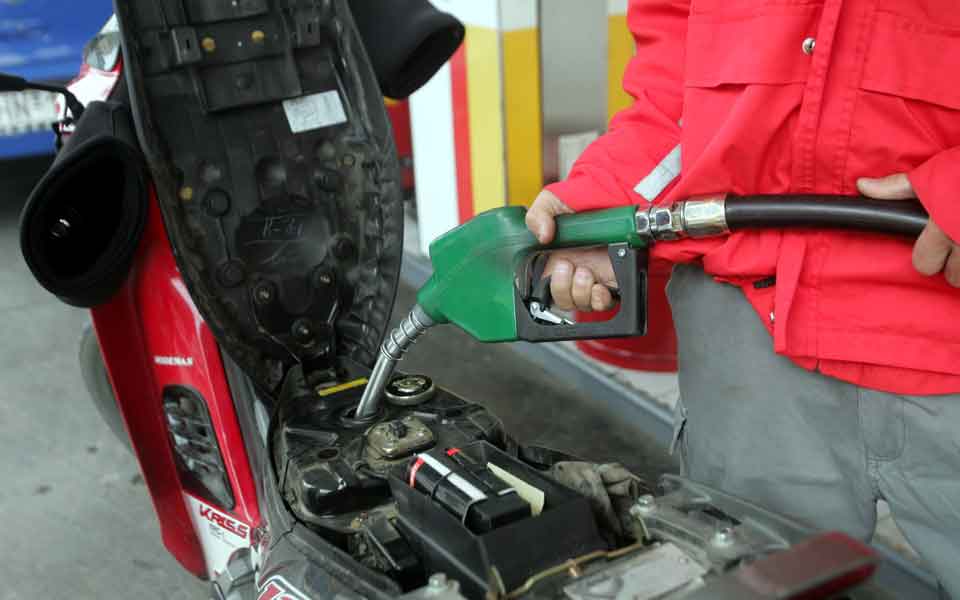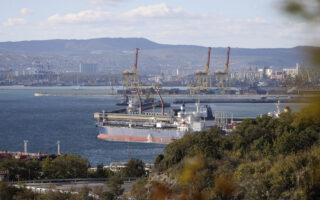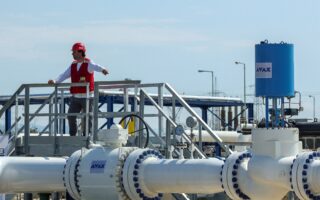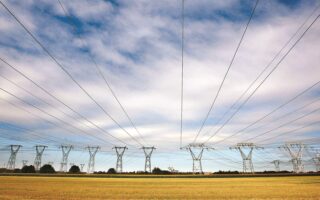Watchdog finds fuel market asymmetries

The Competition Commission has discovered an asymmetric pattern in the transfer of fuel prices in all three stages of the production and distribution chain (refining, marketing, retail), as well as indications of the inefficient functioning of competition, which initiated a regulatory intervention process in the context of the majority decision on November 22.
The verdict, the commission announced, is based on the findings of the fuel market inspection that started in March 2022, selectively covering 95 octane unleaded gasoline, diesel and heating oil. The final conclusion of the analysis, which was limited to the region of Attica where there is more competition, shows the existence of asymmetry for all three products in all three stages of production and distribution, also referred to as the “rockets and feathers” phenomenon.
The commission’s analysis has found, inter alia, a high degree of concentration in the refining market and a moderate to low degree of concentration in the wholesale market. In the retail market there are around 5,000 gas stations operating in Greece; however, competition is local and therefore, according to the commission, the level of concentration may vary by region and should be thoroughly examined.
It has also found a significant increase in the turnover and profitability ratios of refiners and wholesalers over the period under review, especially the increased profit margin of refiners in 2022 (almost double that of 2021), an increase in the refining margin, a strong upward trend in wholesale prices in all three products from the beginning of 2022 onward, and a corresponding trend in average retail prices, but also a very large price match between the two refiners for both 95 octane unleaded petrol and diesel, issues which as noted require further investigation.
With the process of regulatory intervention initiated by the Competition Commission, the competition conditions in the fuel markets will be examined in depth in order to clarify whether the asymmetry in prices as well as the hikes over the last two years “are due to the absence of conditions of effective competition, as well as issues regarding the tariff policy mechanism, the maintenance of safety stocks and other potential barriers to market entry and development.”





